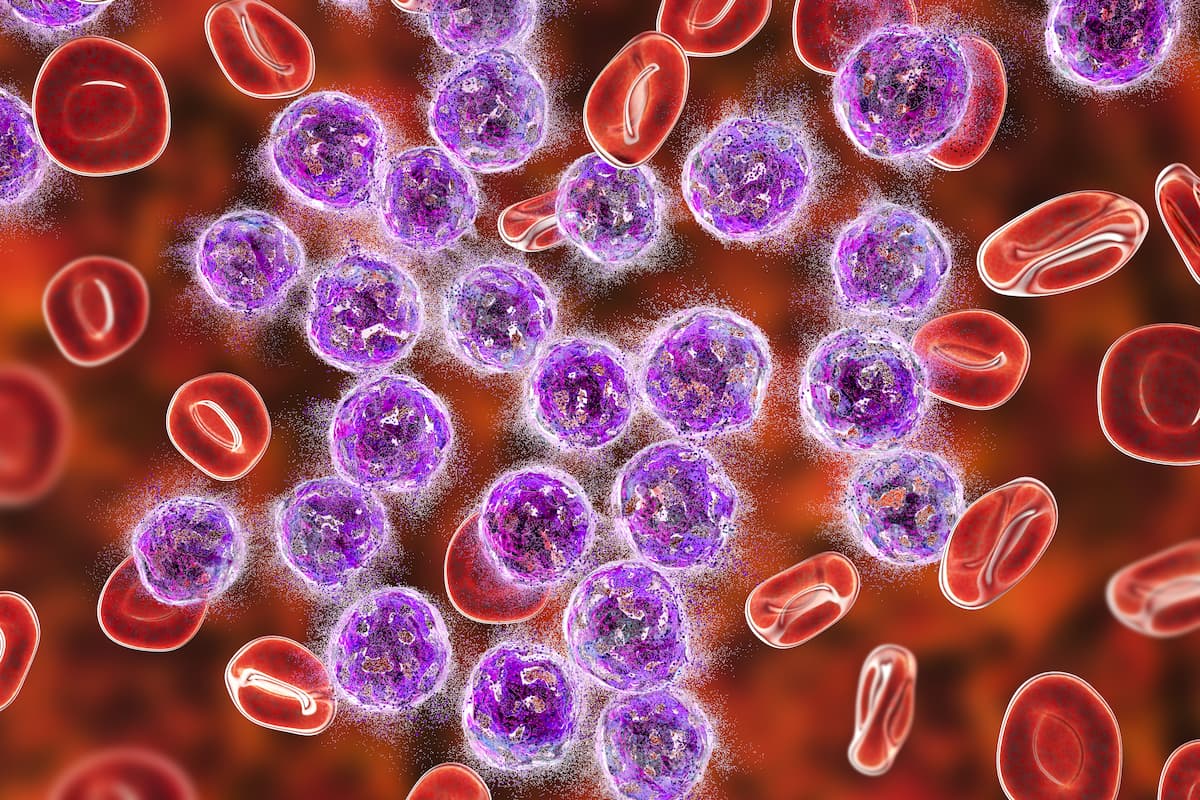
Thomas Martin, MD, on the Benefits of Cilta-Cel in R/R Multiple Myeloma

Thomas Martin, MD, spoke about which patient population with relapsed/refractory multiple myeloma would benefit most from treatment with ciltacabtagene autoleucel.
Thomas Martin, MD, associate director of the myeloma program at the University of California San Francisco, spoke with CancerNetwork®about the approval of ciltacabtagene autoleucel (Carvykti; cilta-cel) and which patients he thought might benefit most from this therapy.1 This approval comes based on the results of the phase 1b/2 CARTITUDE-1 trial (NCT03548207) in which patients with heavily pretreated myeloma were given cilta-cel and saw durable responses. Martin says that those who are in good physical health are most likely to endure treatment with the CAR T-cell therapy.2
Transcript:
We try to look at what the difference is between eligibility for an autologous transplant, eligibility for a CAR T-cell therapy, or [eligibility] for any off-the-shelf product? For most people who are older than age 70, or older than age 75 years, we have a difficult time [conducting] an autologous transplant because it’s a tough treatment.
CAR T-cells can be [manufactured for] patients that are 8 years old and patients that are in their mid 80s if that patient is fit. I [ask patients] ‘if you walk [the distance of] 2 telephone poles, do you need oxygen? If you don’t, do you get chest pain?’ If you don’t, you’re eligible for CAR T-cell therapy. We can make it so that a larger population than [those] who are eligible for an autologous transplant can get this CAR T-cell therapy. Anybody who is fit, age independent, [who can] walk into the doctor’s office, jump in the chair, jump up on doctors table, etc, is likely fit enough to go through CAR T-cell therapy. It’s going to be a broad patient population. That’s why the need is so high [for this treatment].
References
- U.S. FDA Approves CARVYKTI (ciltacabtagene autoleucel), Janssen's first cell therapy, a BCMA-directed CAR-T immunotherapy for the treatment of patients with relapsed or refractory multiple myeloma. News release. Janssen. February 28, 2022. Accessed February 28, 2022. https://prn.to/3vskiZu
- Martin T, Usmani S, Berdeja J, et al. Updated Results from CARTITUDE-1: Phase 1b/2 study of ciltacabtagene autoleucel, a B-cell maturation antigen-directed chimeric antigen receptor T cell therapy, in patients with relapsed/refractory multiple myeloma. Blood. 2021;138(suppl 1):549. doi:10.1182/blood-2021-146060
Newsletter
Stay up to date on recent advances in the multidisciplinary approach to cancer.


















































































